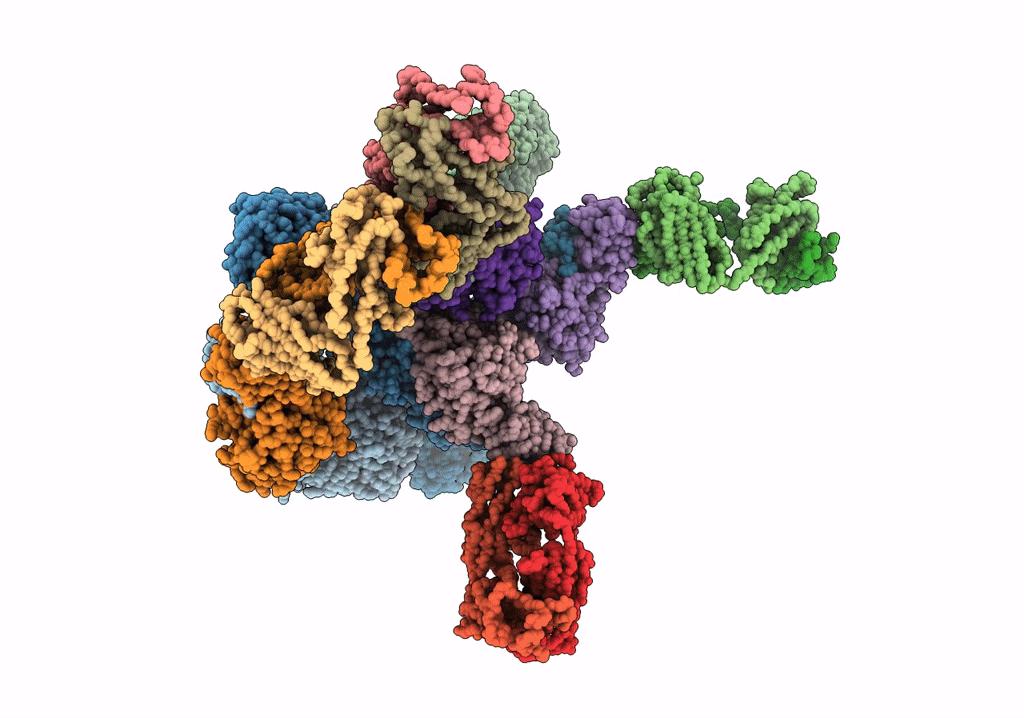
Deposition Date
2022-05-10
Release Date
2023-04-05
Last Version Date
2024-10-16
Entry Detail
PDB ID:
7V0P
Keywords:
Title:
Cryo-EM structure of SINV/EEEV in complex with Fab fragment of a potently neutralizing human antibody IgG-106
Biological Source:
Source Organism:
Eastern equine encephalitis virus (Taxon ID: 11021)
Homo sapiens (Taxon ID: 9606)
Homo sapiens (Taxon ID: 9606)
Host Organism:
Method Details:
Experimental Method:
Resolution:
5.20 Å
Aggregation State:
PARTICLE
Reconstruction Method:
SINGLE PARTICLE


